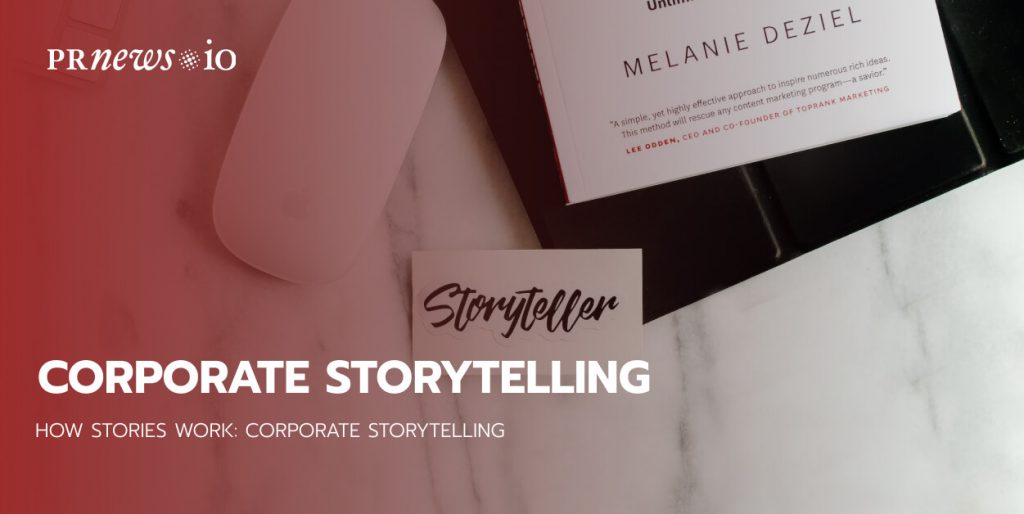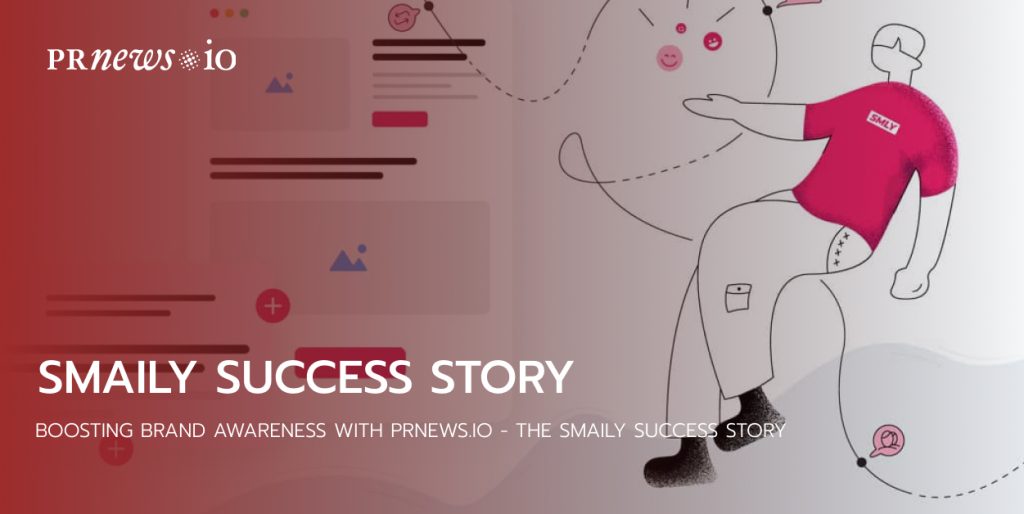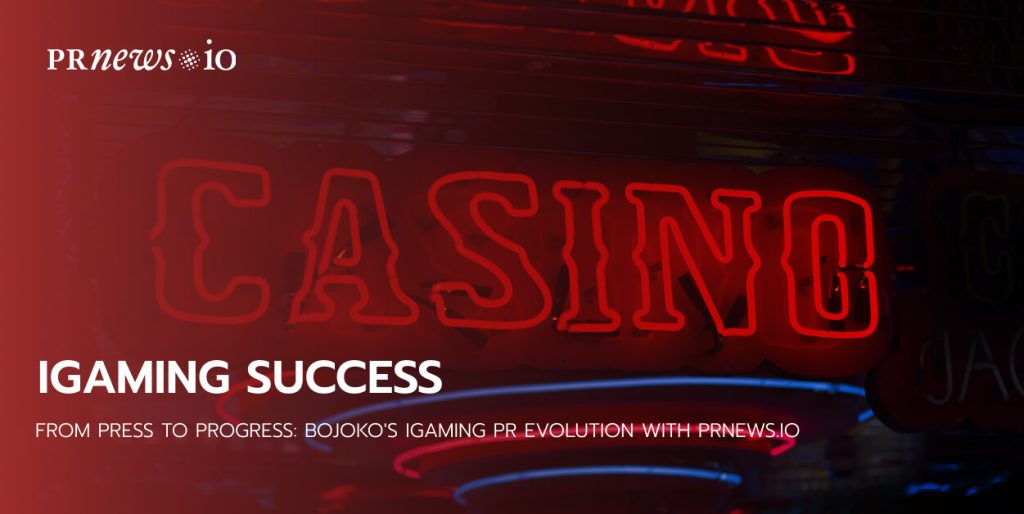
Most of us are used to reading stories for entertainment, not business writing. But there’s good reason to challenge that perception. In this post, we’ll look at corporate storytelling and we’ll show you what are corporate stories, when is best to use them, how to create the stories, and what kind of messages you could “send” to get the results you want.
Stories are changing the way we think, behave, and react. They can create the basics of an entire corporate culture, and they have the power to destroy the barriers and turn out some issues into experiences with happy ends. Stories can increase our imaginations, illustrate our plans, and inspire people when pure facts often can’t.
Business stories are powerful business tools, and successful teams take advantage of them to boost their company. So, if you want to have an efficient PR and marketing tool, you need to learn how to tell a good story.
What Is Business Storytelling?
In the business world, people tell corporate stories to communicate and connect with their clients, employees, partners, dealers, and the media. Business stories have one difference from the common stories — they are made with an objective, goal, or desired outcome in mind, rather than for entertainment.
When a story is created well, it can set an intense, personal connection between your customers and your message. Effective stories can change opinions and perceptions, they can inspire everybody to achieve goals that we usually don’t believe are possible. They can show us how situations and things can be changed for the better through perseverance and hard work.
Why is Corporate Storytelling Important?
Sales and marketing teams are the most experienced at storytelling, but in times of a great deal of content and false information, creating the right story for your business has never been as crucial. Trust in a product, service, or brand is essential and must be invulnerable for its survival.
It is no longer a question of whether any media is good media. Social media has changed the game forever and “cancel culture” can destroy everything. A business that wants to survive must have a great story—memorable, that may be applied at many corporate levels, and it must be authentic.
Fake enthusiasm and positivity don’t work anymore. Likewise, today’s audience demands honesty and authenticity in their workplaces, and skeletons in the closet must not be hidden but dealt with the conclusions of how a company is learning and changing.
The Added Value of Corporate Storytelling
Corporate storytelling is an inspiring instrument of communication and marketing that engage people, attracts new customers, and removes barriers. Corporate storytelling has an extremely broad variety of uses: a larger dedication to the brand, a new passion for it, developing leadership, and promoting cooperation.
Corporate storytelling brings the story of the brand to life. Your audience needs to be a part of a larger whole and contribute to a shared goal. Storytelling can strengthen the corporate culture or can guide an organization through a process of change. This way employees are involved in the process and the future of the organization, make connections themselves and share their personal experiences and their connection with the brand.
Where to Use the Corporate Stories?
The great thing about stories is they live on after you’ve shown them to the world. Once you’ve found or developed a good story, you can use it in many different ways and enhance the effect.
You can use your stories:
- in the sales calls with prospects and while networking
- in reports to show the success of your business
- to raise employee awareness and engagement via internal messaging
- in any presentation that demonstrates the value of what you do.
How to Write a Corporate Story?
Here we wanted to show you the structure of the most effective storytelling:
Start
Effective narratives always begin rooted in the usual life, whatever ‘usual’ is for the protagonist of the story. The audience needs to know what the normal context was to realize the changes.
In your story, the hero needs to react or seek something to overcome the challenge and get back to normality.
Middle
Your hero starts a journey of discovery to cope with the challenge or react to the change.
There is some kind of climax where the elements of the story are pulled together and the hero has to find a way to reach a positive result.
End
The climactic section of the story finishes. And the hero has not dealt with the challenge but has come out enriched because of the experience of the challenge.
9 tips for Creating Effective Corporate Stories
1. Know your audience
Understanding your audience and what inspires them is essential to creating a compelling story.
2. Keep it simple
Avoid industry slang or technical terms that your audience may not understand. Create clear, concise messages to make your story accessible and easy to understand.
3. Use emotion
Emotions are key to engaging your audience and making your story unforgettable. Incorporate personal experiences or examples that evoke emotion and make a connection with your audience.
4. Show, don’t tell
Use visuals to demonstrate your story and make it more convincing. This could include videos, images, or real-life case studies.
5. Be authentic
Authenticity is essential to building trust with your future clients. You have to be honest and transparent about your company’s values and mission.
6. Focus on the human component
Corporate stories should always focus on people, whether it’s the employees, clients, or the impact your organization is having on society. This human component helps to create an emotional connection with your audience.
7. Keep it concise
Keep your story concise and focused. Remove unnecessary long details that distract people from your main idea.
8. Use a strong narrative structure
A strong narrative structure helps to create a clear start, middle, and end to your story. This makes it easier for the readers to follow along and understand the message.
9. Practice, practice, practice
Rehearsing your story and getting feedback from others can help you improve your message and delivery, making your storytelling more effective.
Types of the Corporate Stories
To help you find out which story fits best to your brand, we’ve described the nine story types reimagined for your business.
1. Destraying the Monster
Remember a time when your business faced a life-threatening challenge. How was it? And what steps did you take to cope with the problem? Describe all the circumstances. Risk stories can inspire others.
2. “I-Know-What-You-Are-Thinking” Stories
“I-know-what-you-are-thinking” stories allow you to address other people’s mistrust, suspicions, questions, or concerns before they tell you. With these stories, you need to anticipate your audience’s point of view, so it’s best to choose a story that responds to the objection.
3. From Broke to Billions
Who are the people behind your business? Give the detail. And make it trustworthy. What were they afraid of? What inspired them to start? Founder stories show the human side of a business.
4. The Vision
What is the higher reason for your business? What do you stand for? Or what are you against? Vision stories bring closer the appropriate audience and work well both internally and externally.
5. Trials and Rejection
The startup is looking for investments or clients for a long time. Investors don’t believe in the success of a new business idea, the clients don’t see how they can advantage of your offer. But Rome wasn’t built in a day and you can show how finally, the business receives its recognition and profit.
6. A long Trip
Who have you taken on a journey, overcoming obstacles along the way? Customer stories should give an honest account, tracking the highs and lows along the path to positive business results.
7. Comedy
Look for amusing funny stories that happened during your work. Human interest stories, with humor, are engaging.
8. Tragedy
This type is the bravest. This is where you have to talk openly about your failures of the past. What an opener that would be. Authentic stories are highly popular.
9. Rebirth
Was there a time when your business changed direction or succeed this way? Lessons-learned stories make great thought leadership content.
Some of these stories will resonate with different types of audiences (potential investors, customers, prospects, channel partners, the C-suite), that’s why it’s better to use all types. Think about how you can match your story plot to the story’s audience.
Examples of the Corporate Stories
Example #1: based on the Broke to Billions type
What one of Airbnb’s corporate stories tells:
When then-designers Brian Chesky and Joe Gebbia moved to San Francisco, it was 2007. There were not many alternatives to hotels. However, the inspiration for what would be called later Airbnb wasn’t a startup idea — it was a last effort to make up the rent money they didn’t have. One weekend, because of a conference in the city, all the rooms in the hotels in San Francisco were booked. Participants didn’t have the options they needed to stay in the city for a few days.
A simple website was created to advertise the “designers’ bed and breakfast,” and had the first three guests. The journey of Airbnb would be a rocky one, but finally, it found its success.
Example #2: based on Trials and Rejection
Airbnb also uses another type of corporate story — trials and Rejection. The company launched two more times in 2008, once with no luck and the second time with only two clients. A few months later a final version of the Air Bed & Breakfast website was complete but unfortunately, all 15 angel investors the founders pitched refused them in fundings.
Later founder of Y Combinator, Paul Grah, gave them resources for three months of product development. Pivoting their approach to exploit their design background, Airbnb’s founders started actively visiting their host’s rentals to write reviews and professionally take photos of every apartment. By March 2009, Air Bed & Breakfast was officially changed to Airbnb, and, a month later, the company gained a seed investment of $600,000 from Sequoia Capital.
Example #3: based on Slaying the monster
A large insurance company wanted to ensure its strategy sticks to cope with a crisis. It wanted its leaders to have the strategy in their heads so they can act strategically day in, and day out and fix in mind the story of successfully solving the problems.
So the managers worked together to develop a story that explains their strategy. The very process of developing the story guarantees that everyone takes part in what’s created. Then the top 150 leaders learn how to tell it orally—without notes, just in their own style, adding their own experience —and they teach their direct reports how to tell it.
Now they can all explain their strategy without well-crafted and boring presentations or refer to a plan-on-a-page document. Employee engagement rose hugely because people feel confident their leaders know where they are leading.
The Bottom Line
We all are already storytellers in our everyday lives, whether we realize it or not. Actively using a little storytelling magic in our business messages can hugely improve our communication, both inside and outside of your company. A new age of corporate storytelling has appeared with a new age in business, and the conclusion is they both have to collaborate. If you need some help and inspiration contact PRNEWS.IO team to assist you.
Read more:





